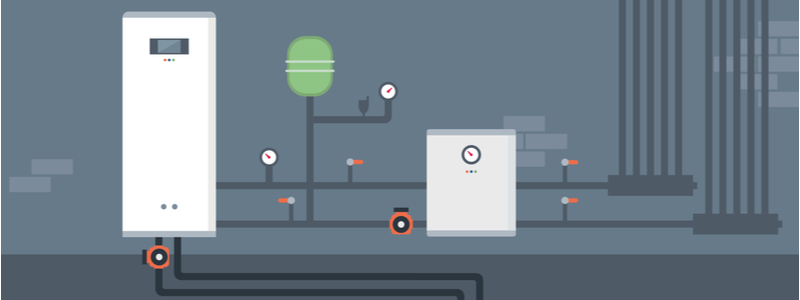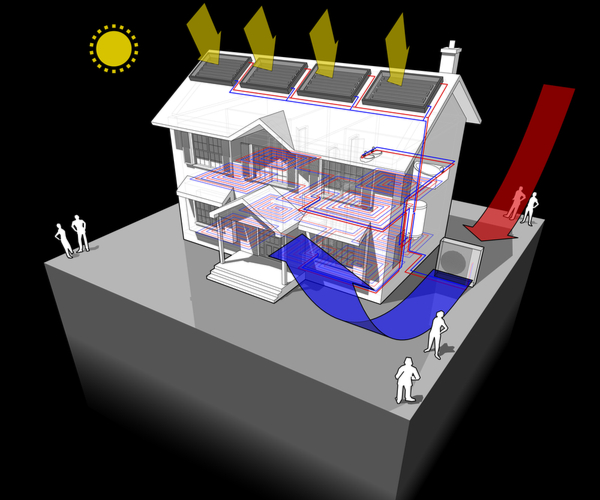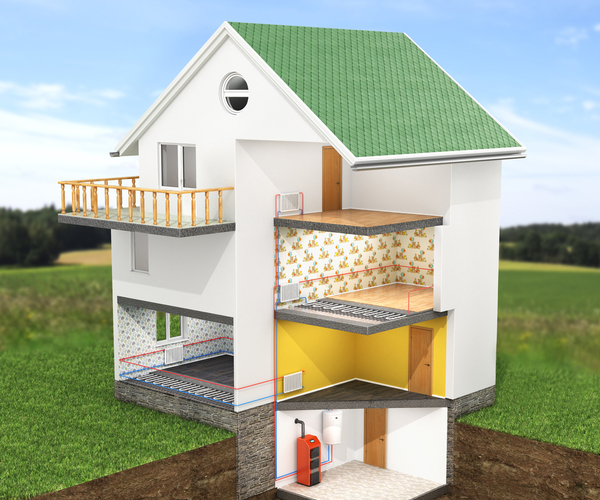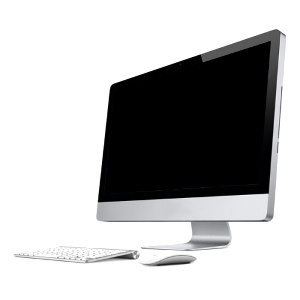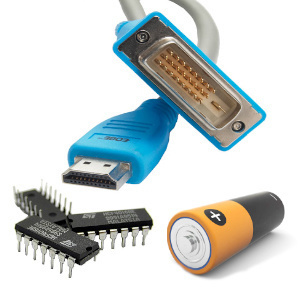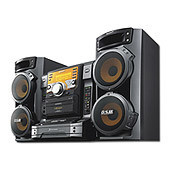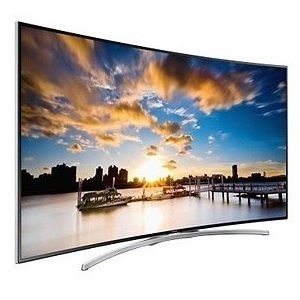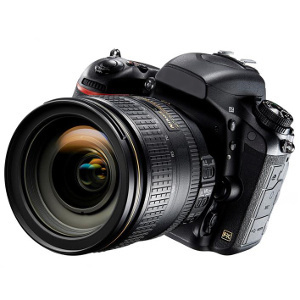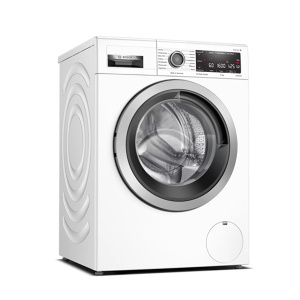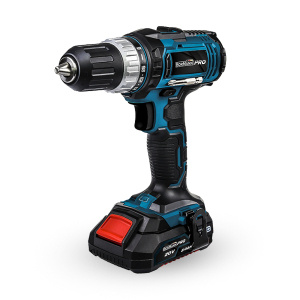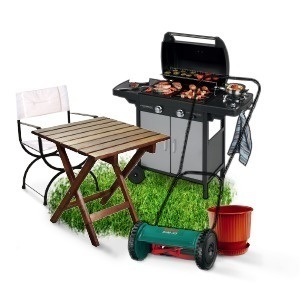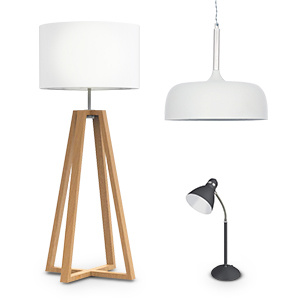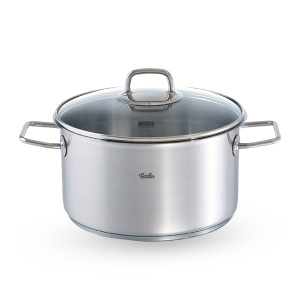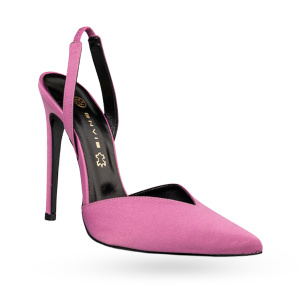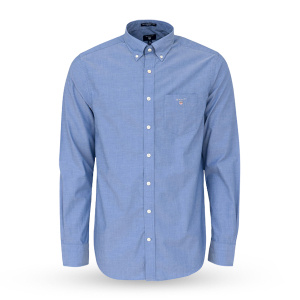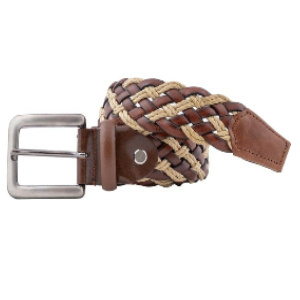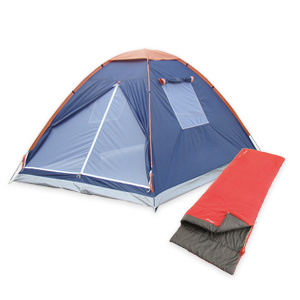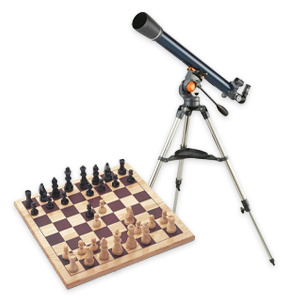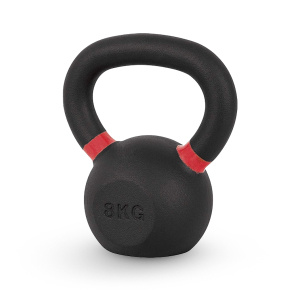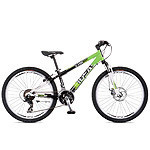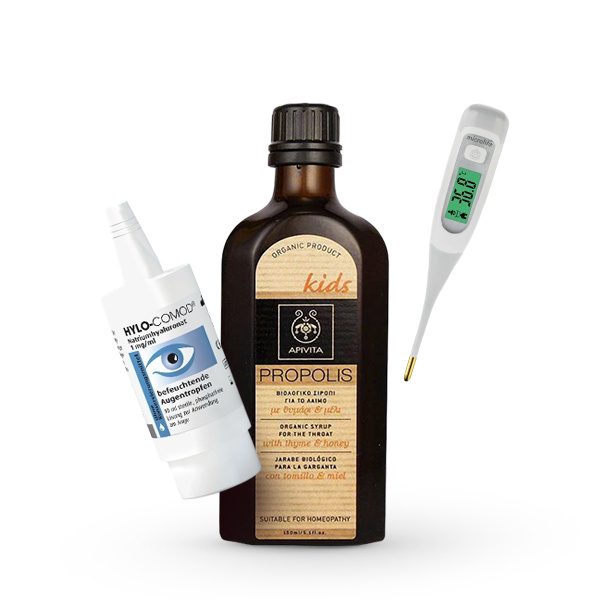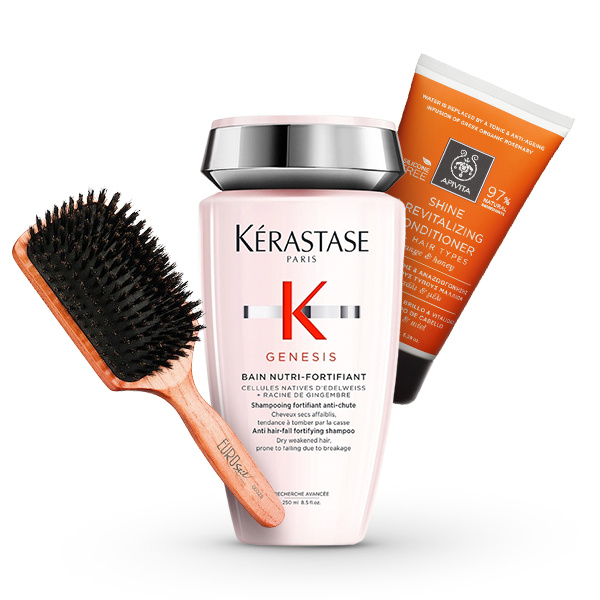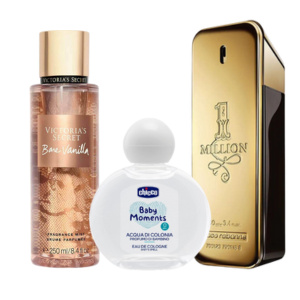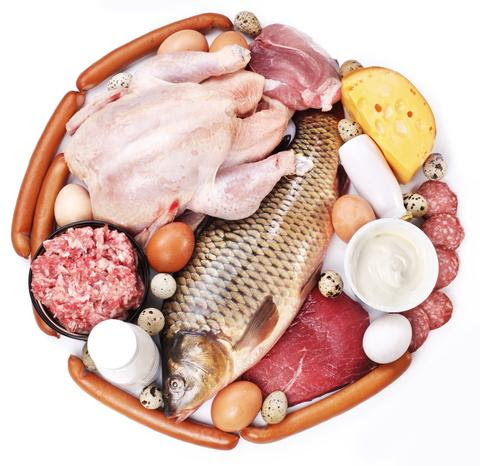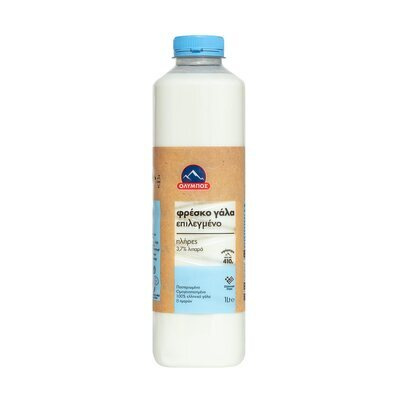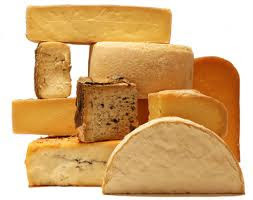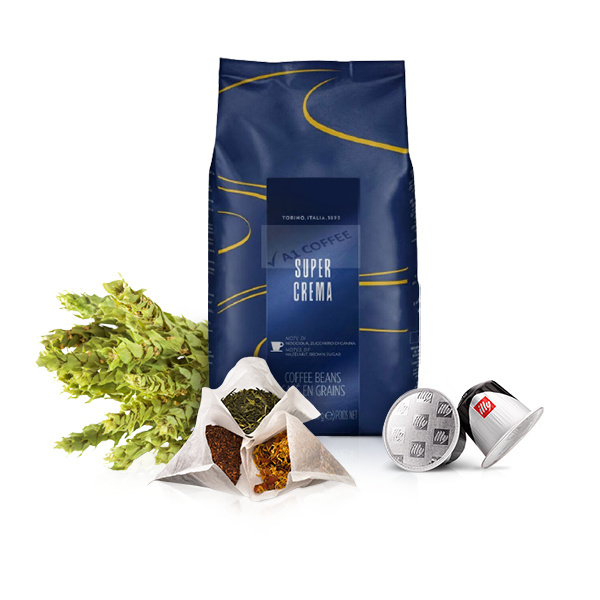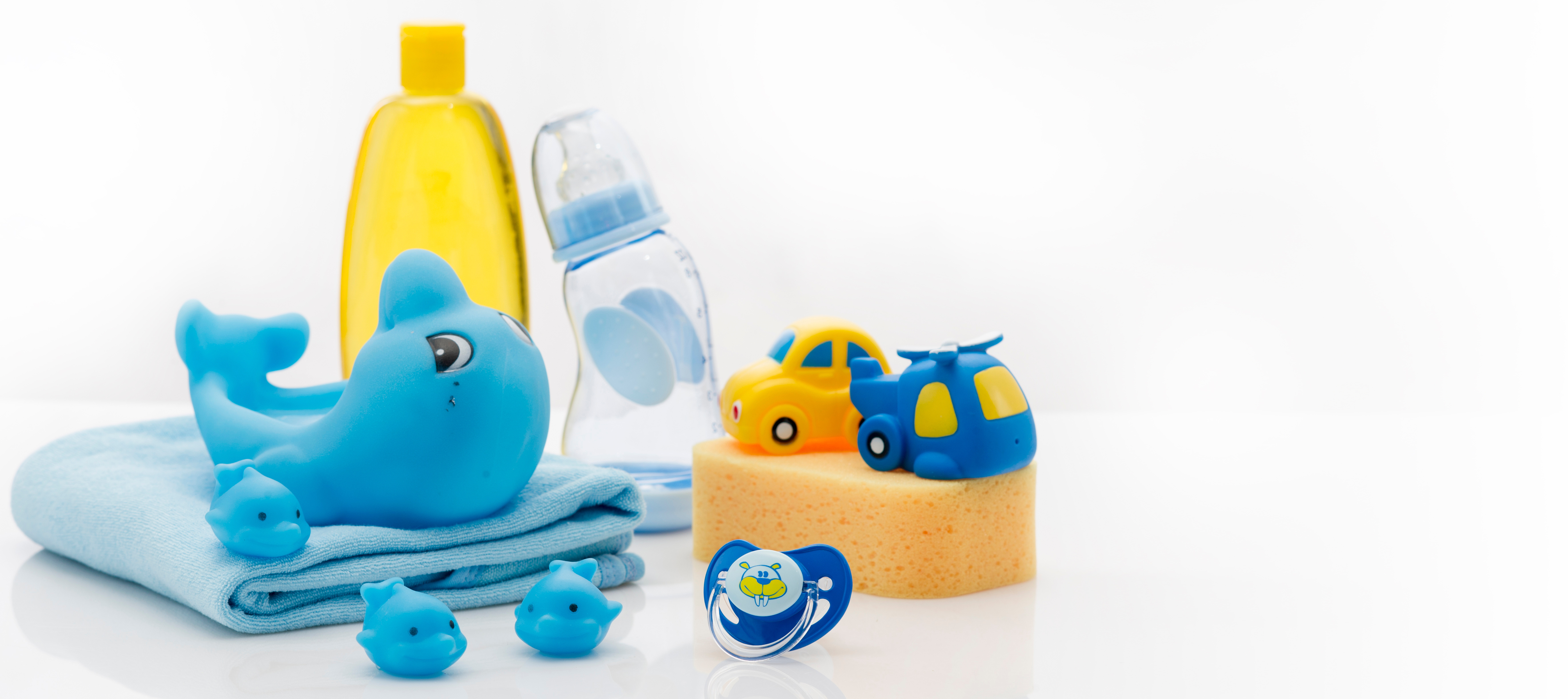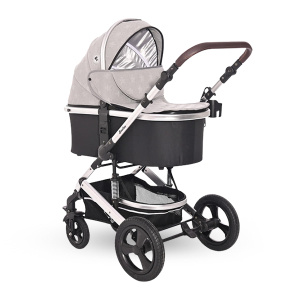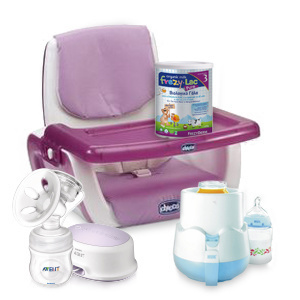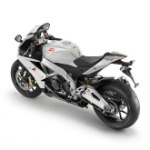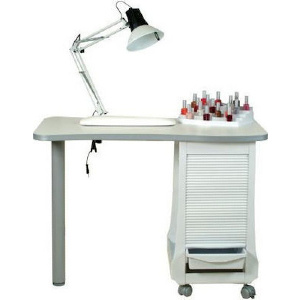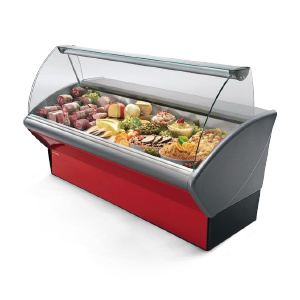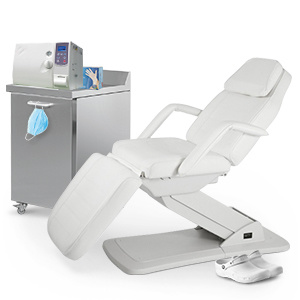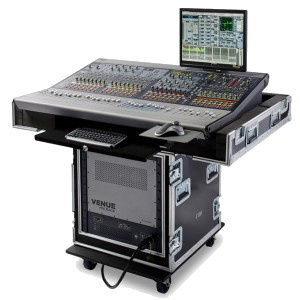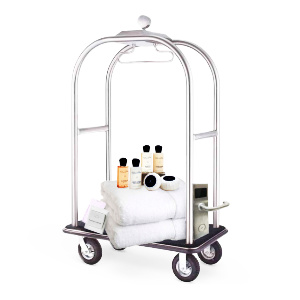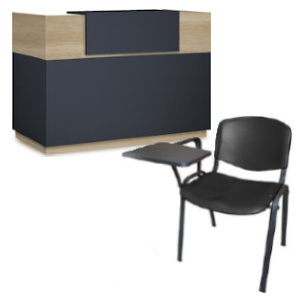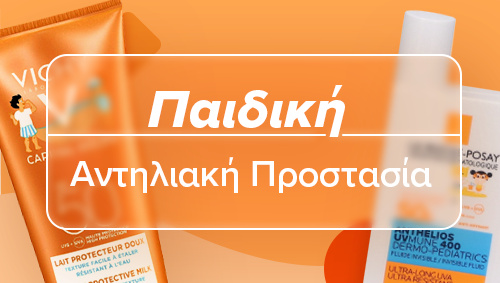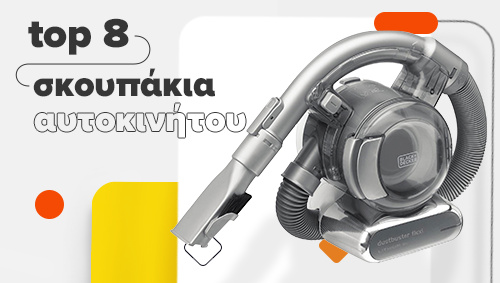Heat Pumps: Comprehensive Buying Guide
![enter image description here][1] How do they work? What are their advantages? Why should I choose them over other types of heating?
Heat pumps are an emerging and cost-effective solution for heating, cooling, and in some cases, producing hot water for use in an apartment, a house, or a commercial space.
The technology they use is similar to that of an air conditioner or refrigerator. They consume a small amount of electricity from the grid and extract the rest of the energy from the environment. This results in energy and cost savings, as there is no longer a need to purchase oil or wood, and the electricity consumption is lower.
Heat pumps in a nutshell!
Depending on the technology they use, they are divided into 2 main categories: air-cooled units, which are divided into air-to-air and air-to-water, and water-cooled units, which are divided into: water-to-air, ground-to-water, and water-to-water.
The majority of heat pumps are air-to-water, which are divided into 3 types based on their maximum heating capacity:
| Air-to-water heat pumps | Heating | Cooling | Hot Water | Ideal for..
As for their construction, they are divided into **[monoblock][6]** (single type) systems and **[split][7]** (split type) systems. Their power supply can be: **[single-phase][8]** or **[three-phase][9]**. For the selection of the appropriate heat pump, it is recommended to consult a professional who will evaluate all the data and then propose the best possible solution. ![enter image description here][10] Why choose a heat pump?+ In addition to electricity, heat pumps can also be connected to renewable energy sources such as solar panels and [natural gas][11]. + They can provide heat to the space even when the ambient temperature is low, unlike an oil or gas boiler. + They have a long lifespan with minimal maintenance (cleaning is required every few months) and low maintenance costs (from a technician, every year). + They belong to renewable forms of heat/cooling production, offering a low environmental footprint (i.e. carbon dioxide emissions to the environment). ![enter image description here][12] What are their disadvantages?- They have better performance when combined with underfloor heating or fan coil, compared to conventional radiators (Akan type). - The outdoor unit produces a significant amount of noise (similar to an air conditioner). - The initial purchase cost is high. The selection and subsequent installation of the appropriate heat pump, taking into account the needs of each building, is a complex and multifactorial process, with many factors to consider. Skroutz Tip: Attention! Before choosing a pump, consult a specialist to conduct a mechanical study, which is based on many parameters and relies on various measurements, such as: the location of the building, the type of windows, the possible thermal losses of each space, and the performance of each radiator (if already installed), in relation to the supply temperatures. How do heat pumps work?For heat production, pumps transfer heat from the environment to the desired space. They consume a small percentage of electrical energy from the grid and extract the remaining energy for free from the environment. For cooling a space, the operation is reversed. They extract heat from the interior and then release it into the environment. The ratio of energy required for the pump's operation corresponds to approximately ¾ from the environment and ¼ from the electrical power. For example, for every 3kWh extracted from the environment, in combination with 1kWh of electrical energy required for operation, we have a total of 4kWh of useful thermal energy. ![enter image description here][13] Do you want to learn more and become an expert in heat pumps? Below you will find detailed information you need, such as: their technology, operating systems, power supply, additional features, COP and EER performance ratings, as well as information about the "Save at Home" program. 1. TechnologyDepending on how they extract heat from the environment, they are divided into two main categories: I) Air-cooled units, which extract heat from the air, and II) Water-cooled (geothermal) units, which extract heat from water or the ground. I. Air-cooled unitsThere are two types in this category: air-to-air heat pumps and air-to-water heat pumps. ![enter image description here][15] The first category uses air as a heat source and medium of transfer to provide cooling or heating to the space (like air conditioners). Pros + They are easy and quick to install and provide immediate heating or cooling to the space. Cons - During winter, when the ambient temperature is low, their performance is significantly reduced. The second category uses air as a heat source and water as the transfer medium. It heats or cools the water, which is then circulated inside the house. Pros + They can easily be adapted to an existing system and maintain the quality of heating they provide. Cons - Their efficiency varies depending on the external temperatures of the environment. Skroutz Tip: In most cases, heat pumps belong to the air-water category, which are connected to the existing thermal bodies or will be installed in the spaces. In contrast, air-air heat pumps are not connected to central heating, as they include the internal unit that distributes the hot or cold air, such as a closet or floor air conditioner. II. Water-cooled unitsThe water-cooled units belong to three categories: water-air heat pumps, ground-water heat pumps, and water-water heat pumps. ![enter image description here][17] The first category uses water from the ground as a heat source and air as the transfer medium to provide cooling or heating to the space. The second category uses the stored energy in the ground as a heat source and water as the transfer medium. The third category uses water from the ground as a heat source and transfer medium to provide cooling or heating to the space. Pros + They have a high level of efficiency, as the heat source is the ground, which provides a stable temperature throughout the year. Cons - They have a high installation cost, as special (vertical or horizontal) placement of the exchangers in the ground is required. 2. Types of Heat PumpsDepending on the needs and requirements of each building, there are three types of heat pumps that can be installed in it. The separation is made in relation to the maximum water temperature that comes out of the pump to the installed thermal bodies and is as follows:
Low temperature heat pumpsLow temperature heat pumps mostly have cooling function. They produce hot water with a temperature of up to 55°C and are suitable for installation in new buildings. They can be connected to underfloor heating systems or fan coils. Skroutz Tip: The ideal combination for a low temperature heat pump is with underfloor heating, as it offers the highest efficiency for heating or cooling the space, with the lowest electricity consumption cost. The underfloor heating system provides uniform heat distribution in the room during winter, as it maintains a constant room temperature. Additionally, it provides mild cooling in the summer through the cold water that passes through the floor pipes. Medium temperature heat pumpsMedium temperature heat pumps, like low temperature heat pumps, can also have cooling function. The maximum water temperature that can be produced reaches up to 65°C and they can be combined with underfloor heating or fan coils for heating or cooling the building. Skroutz Tip: Medium temperature heat pumps can be equally efficient when combined with underfloor heating or fan coils! High temperature heat pumpsFinally, high temperature heat pumps only produce hot water at high temperatures of up to 80°C. This means they do not have cooling function, making them suitable for applications where the production of high temperature hot water is necessary. Skroutz Tip: The ideal combination for high temperature heat pumps is with classic radiators, which are already installed as a heating system in the building, as there is no need to replace them with new ones. They are an ideal solution in case of replacing an old boiler, as they produce high water temperature, just like the boiler. They can be easily integrated into existing pipes and radiators without the need to replace the entire system. 3. Operating SystemsIn terms of system construction, heat pumps are divided into two types: I) Monoblock systems II) Split systems I. Monoblock systemIn the monoblock system, all its individual components (such as the compressor, heat exchanger, fans, etc.) are integrated into a single unit, which is placed in an outdoor space. Advantages + Easy installation and direct connection to the water system. Τριφασική αντλία θερμότητας Μια τριφασική αντλία θερμότητας απαιτεί τριφασική παροχή ρεύματος. Αυτό σημαίνει ότι θα πρέπει να υπάρχει τριφασική παροχή στο κτίριο για να μπορέσει να λειτουργήσει η αντλία θερμότητας. Σε περίπτωση που δεν υπάρχει τριφασική παροχή, θα πρέπει να γίνει η απαραίτητη εγκατάσταση για την παροχή του τριφασικού ρεύματος. Skroutz Tip: Πριν αποφασίσετε για την αγορά μιας αντλίας θερμότητας, είναι σημαντικό να επικοινωνήσετε με έναν επαγγελματία για να ελέγξει την τάση του ρεύματος που υπάρχει στο κτίριο σας και να σας συμβουλεύσει για την κατάλληλη επιλογή. Three-phase heat pumpOn the other hand, the three-phase heat pump requires connection to a three-phase power supply, as high loads are required for its operation. The connection is made directly and the current intensity (amperes) is sufficient for their operation. Skroutz Tip: In the case that a change from single-phase to three-phase power supply is required in order to install the pump, there is an economic burden from the respective provider for the change and then a small increase in the fixed charge for the 4-month period. Regarding energy, apart from the connection to the electrical network in the case of hybrid systems, there is also the possibility of connection to natural gas. This offers even lower operating costs (as the price of natural gas is lower than that of electricity) and also provides the possibility of use in combination with a gas boiler as a backup. Skroutz Tip: In existing buildings, if the boiler (oil or gas) is in good condition, it can remain installed for support operation, so that it can operate together with the pump if necessary in extreme weather conditions. Skroutz Tip: In some cases, it is possible to connect a heat pump with a solar water heater or solar panels for even greater cost savings. 6. PerformanceWhat is the COP and EER performance rating? The COP (Coefficient Of Performance) is the performance rating during heating operation, while during cooling it is called EER (Energy Efficiency Ratio). It is a measurement that indicates the efficiency of a heat pump under typical operating conditions and is defined as the ratio of the output energy to the input electrical energy (COP = Output Energy / Input Energy). The percentage of input electrical energy depends largely on the COP. It usually ranges from 3 - 5, depending on the pump and the conditions under which it operates. This means, for example, that when a heat pump operates with a COP of 4, the thermal energy it provides is equal to 4 kWh, consuming 1 kWh of electrical energy. The maximum value of the COP for an air/water heat pump corresponds to outdoor air conditions (DB/WB) of 7/6°C and water inlet/outlet temperatures of 30/35°C. The COP performance rating is not constant, but is affected by the ambient temperature. The lower the outdoor temperature, the lower the COP, resulting in higher electricity consumption. Skroutz Tip: The higher the COP, the more environmentally friendly the pump is, as it leaves a smaller energy footprint. Skroutz Tip: When a heat pump operates with a night tariff, its operating cost is significantly reduced. What to consider before purchasingWhen choosing the right heat pump, we usually take into account the existing heating systems and the thermal losses of each space. Some questions that can be asked are:
The first question concerns the type of systems (e.g. radiators, fan coils, underfloor heating). This helps us, initially, in selecting the pump (in case there are already installed systems) so that we can connect the right pump to our system. Alternatively, if it is a new building or if we want to make a complete change in the heating systems, there is more flexibility in our final choice. ![enter image description here][31] The second question is simpler, as what we need to know is the water temperature required to cover the space where the heating systems are (or will be) installed. For the third question, the study of thermal losses should be done for the desired constant temperature to be supplied and maintained in the space (e.g. 21°C), while it is also good to check the performance of the heat pump at the lowest ambient temperature it will be installed. Finally, the insulation of the building also plays an important role. In the case of a newly built building, the choice of pump power can be smaller, resulting in reduced electricity consumption costs. The opposite applies to older buildings with lower thermal insulation quality. The following table can give us an approximate way to calculate the power of a heat pump:
Most commonly, the main choice for a heat pump to be used in a house is an air-to-water heat pump. The initial cost of purchase and installation is lower compared to geothermal heat pumps, while it can be installed as the main heating system in the majority of areas in our country, whether in buildings with central heating already installed (e.g. oil or gas boiler) or not. Skroutz Tip: In any case, the proposal for the most suitable heat pump based on our needs is made by an experienced engineer. After a study, they will suggest the appropriate pump that will provide maximum efficiency with the lowest annual operating cost. If we choose a heat pump with higher power than what the building needs, in which it will be installed, apart from the higher initial cost for its purchase, we force it into continuous restarts, resulting in the pump being strained and its operating cost increasing. "Household Saving" ProgramHeat pumps are included in the "Household Saving" program and according to the program guide, they involve the following actions:
Discover all heat pumps [here][33]! Fun Facts
<!DOCTYPE html>
Guide for Heat Pumps |

